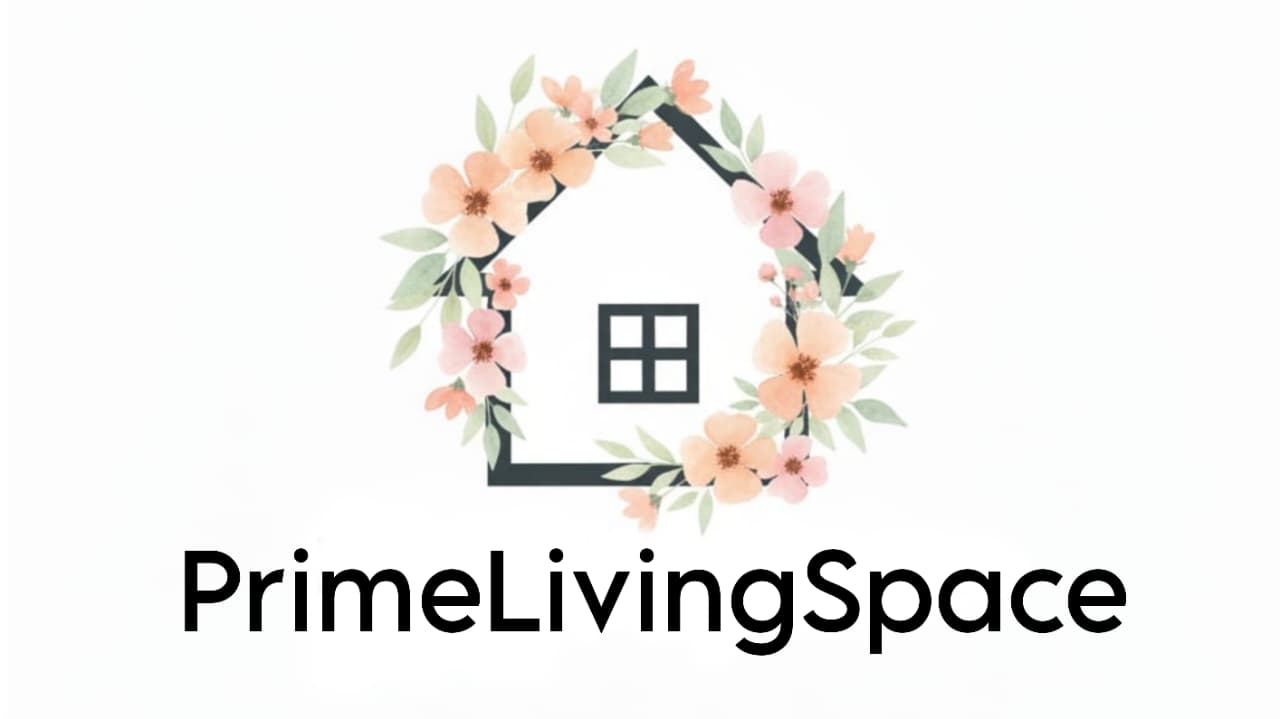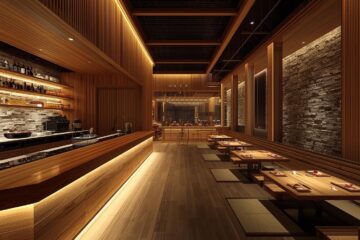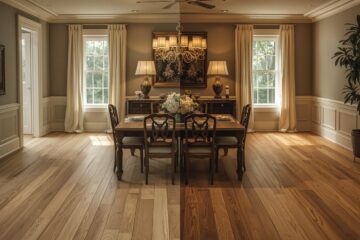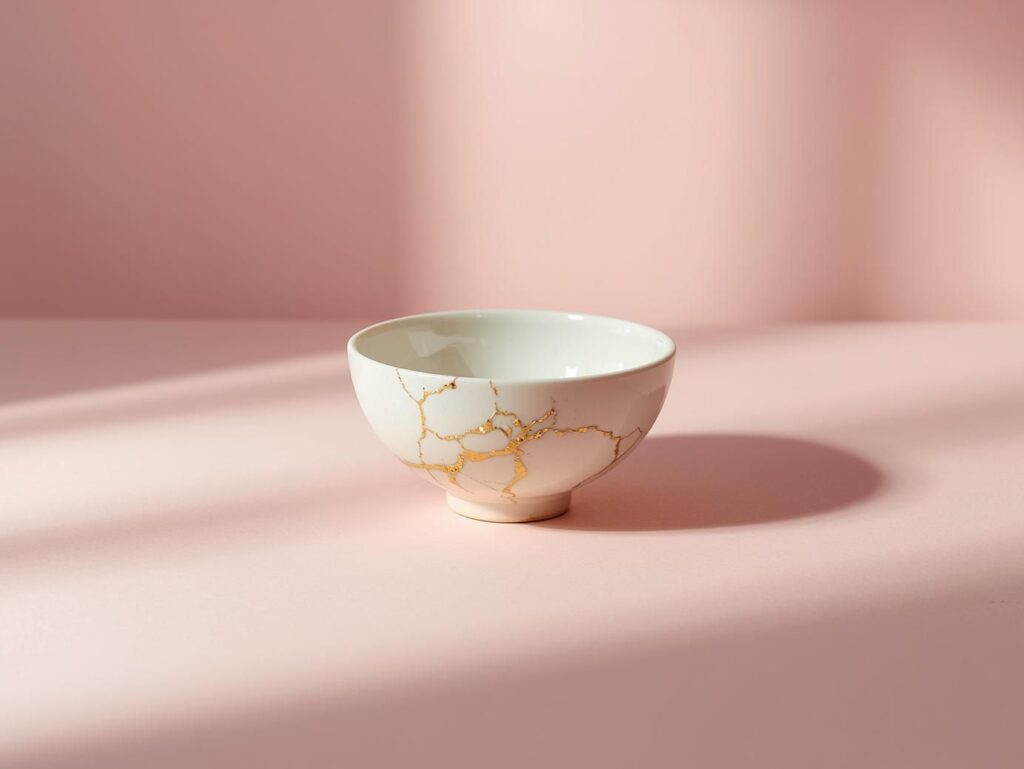
In 2026, Kintsugi isn’t just an art form. It’s a movement. A quiet, golden rebellion against the culture of throwaway perfection.
Enter Kintsugi, the ancient Japanese art of mending broken pottery with gold.
Let’s be honest for years, we’ve lived in a world obsessed with perfection. Flawless skin. Immaculate homes. Seamless social media feeds. But lately, something has shifted. The cracks are starting to show and surprisingly, people are beginning to love them.
The Meaning Behind the Gold

Kintsugi (pronounced kin-tsu-gee) literally means “golden joinery.” The practice began in 15th-century Japan when artisans repaired broken ceramics with lacquer dusted in powdered gold. Instead of hiding the damage, they highlighted it, turning every crack into a story of resilience.
As the Japanese philosopher Okakura Kakuzō once said,
“The art of life lies in a constant readjustment to our surroundings.”
That’s the essence of Kintsugi acceptance. It’s deeply tied to Wabi-Sabi, the philosophy that finds beauty in imperfection and impermanence. Every repaired bowl, every visible fracture, reminds us that what’s broken isn’t ruined, it’s reborn.
In a world that constantly demands “flawless,” Kintsugi whispers something far more human:
“Your cracks are where the light gets in.”
From Ancient Art to Modern Healing
Fast forward to today. Scroll through Pinterest or browse a local design studio, and you’ll see Kintsugi everywhere in home décor, fashion, and even therapy sessions.
Why? Because it’s more than gold on pottery. It’s gold on pain.
When you mend something broken with care, you’re not just fixing an object you’re symbolically healing yourself. Artists and therapists often describe it as a form of mindful repair, where the act of restoration becomes an emotional release.
In an age defined by burnout and constant “hustle,” this message resonates deeply. The process of Kintsugi asks us to slow down. To sit with our fractures. To find peace in imperfection.
As writer Beth Kempton beautifully puts it,
“Kintsugi is a reminder that you can embrace your flaws and imperfections and still shine.”
Kintsugi in Design: Imperfection as Luxury
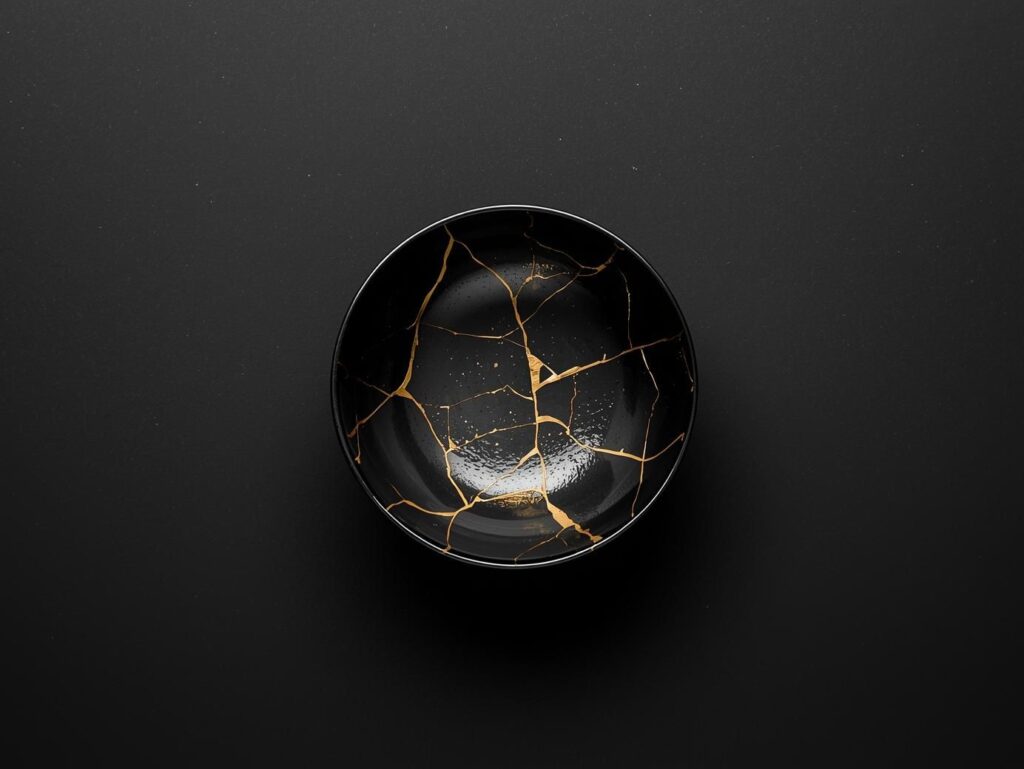
Today’s designers are blending ancient philosophy with modern aesthetics bringing Kintsugi-inspired patterns to furniture, walls, and ceramics.
Think of a black marble countertop streaked with gold, or a cracked ceramic vase proudly repaired and displayed. These aren’t flaws to conceal, they’re features that tell a story.
Architects call it “perfect imperfection.” It’s luxury rooted in authenticity. A quiet defiance against the mass-produced sameness of modern décor.
As one interior designer put it,
“Perfection is sterile. Imperfection is human. That’s why people feel at home in a space that shows its story.”
The Kintsugi Mindset: Healing Beyond Objects
What’s fascinating is how the Kintsugi mindset has transcended art. It’s become a metaphor for emotional healing, a philosophy that says, “We can be broken and still beautiful.”
Therapists now use Kintsugi as a framework for resilience, guiding people to see scars (emotional or physical) as proof of endurance. It’s also gaining popularity in leadership and relationships — a reminder that strength and empathy often come from surviving what once cracked us open.
“Kintsugi doesn’t hide your wounds; it honors them.”
That’s the heart of it. Every repaired seam, physical or emotional becomes a golden line of survival.
A Sustainable Future Rooted in the Past
In 2026, Kintsugi also aligns perfectly with the world’s push toward sustainability and slow living. Instead of discarding the broken, we restore it beautifully. Designers and consumers alike are embracing repair culture as a form of environmental mindfulness.
This isn’t nostalgia. It’s evolution. Kintsugi is teaching us that sustainability doesn’t mean settling, it means cherishing.
Each repaired object tells a story of patience, gratitude, and craftsmanship, the very things our fast world often forgets.
Final Thoughts: The Beauty of Being Broken
Kintsugi in 2026 isn’t just about pottery. It’s about perspective. It’s the realization that our cracks don’t disqualify us, they define us.
“We are all broken — that’s how the light gets in.” — Leonard Cohen
So the next time you see a fracture, whether it’s in a plate, a friendship, or your own reflection don’t hide it.
Highlight it. Let it shine.
Because sometimes, the most beautiful things in life are the ones that have been broken… and lovingly put back together.
